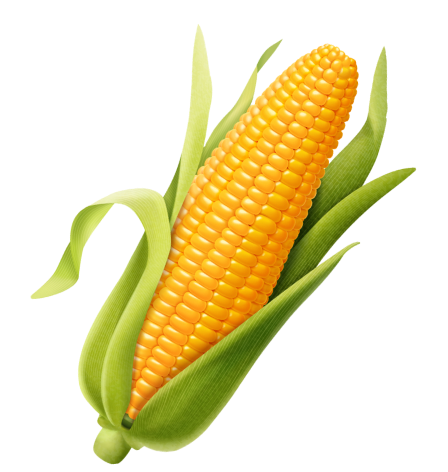Field Corn Seed Hastings, NE
Moisture Levels May Affect Your Field Corn Seed
As you grow corn, your fields are likely to go through many different levels of moisture. This change is typical and isn’t usually a problem for most farmers. However, you may end up with some damaged seed if you aren’t careful. Field corn seed in Hastings, NE must be kept at a pretty specific moisture level. If not, you are likely to experience some pretty unexpected problems.
Moisture Matters to Corn Seed
Your field corn seed is alive – this is a fact that many people may not realize. As a result, you need to do what you can to keep it secure and healthy. And like all other living creatures, your seed will need certain levels of moisture to stay healthy. However, too much can be damaging if you aren’t careful. So, what humidity is typical for this seed, and how can you keep your crops as healthy as possible?
Typically, you want to keep your seeds between 20-25 percent moisture levels. This factor is also the same for when you harvest your corn, too. Simply put, you need to keep the moisture at this level to avoid a variety of serious troubles. These problems are often hard to predict and can vary depending on many factors. That’s why we’ll take a look at these issues below right now to help you out.
Please note: problems may occur with your corn seed due to high and low moisture levels. As a result, you can’t go too far in either direction without expecting problems. Throughout this article, we’ll discuss how your seeds will die if they are exposed to improper moisture levels, but won’t go into the differences between too much and too little. The result is usually the same: poor crop yields.
Potential Yield Loss
When you don’t correctly balance your moisture on your field corn seed, you’re going to end up experiencing what is known as phantom yield loss. This problem occurs when you start losing dry matter from the kernel of your corn. The seed of your corn is a breathing organism, remember, and it needs exposure to oxygen and water. Unfortunately, it will slowly eat through its energy reserves.
Loss of energy will naturally occur from any corn seed. However, high temperatures and moisture levels boost this rate even further. When not growing, your seed will then start to wear down and become heavily damaged. As a result, your seed may not have the energy to develop later on in its life cycle or may struggle to produce stalks and cobs for you to pick.
The exact loss level you may experience here is often hard to predict. Some farmers may experience around 0.6 percent of their loss due to this excessive moisture. That might not seem like much, but that is the loss level per seed. When you start adding this loss up to multiple growths, then you’ll see where the problem lies. Unfortunately, this is far from the only issue you’ll notice.
Harvest and Pre-Harvest Issues
If you let moisture affect your seeds and this problem spreads further, you are going to experience some more yield problems. Simply put, your seeds may not only be weaker but may even die. When this happens, your field corn seed will not sprout. And you’ll have a wasted spot where you could have had a corn stalk if you had carefully balanced the moisture in your seed containers.
Even worse, you may end up with excessive mold growth on some of your corn due to high levels of moisture. This problem occurs while your corn is on the stalk and is not tied to the seeds. However, the mold may damage the ear and cause other issues that make it harder to use. In this way, you may end up having to pay more money than anticipated to harvest your corn.
As a result, you need to do what you can to balance the level of your moisture to keep your corn secure. The best way to do this is to store your seeds properly and to ensure that they are free from improper moisture levels. You may want to skip this step and buy corn seed instead, but if you have an extensive collection of seeds you want to protect, follow these tips to get the most from your corn.
Avoiding These Problems
Smart farmers take preventative steps to keep their corn safe from excessive moisture. Typically, this process is a relatively simple one that you may be doing without even realizing it. However, you should still set up a specific area where you store and check your seeds. Doing so makes it easier for you to save money on your growing next year and provides you with a little extra financial help.
For example, you can place large bins of field corn seed in a barn or shed with temperature control. Try to keep the temperature between 32 to 70 degrees Fahrenheit. Typically, 65 is an excellent setting for most corn seeds. And add a humidity controller and aerator to keep the humidity levels between 20-25 percent. Any higher or lower, and you will run into problems with your seeds.
And make sure that you always use your corn seeds the year after you harvest them. Typically, seeds are good for about a year and will produce at a yield rate of 80 to 85. However, this rate drops down to 65 percent after two years and will get even worse as time passes. So always store just a little over how many corn seeds you expect to use. A little extra helps you when any of your seeds go bad.
Protect Your Seeds
If you want the best field corn seed Hastings, NE has to offer, please contact us today at Online Seed Sales. Our professionals can provide you with the corn that you need to grow incredible stalks and ears. We can also help teach you methods of protecting your seeds from other issues that may affect them.


